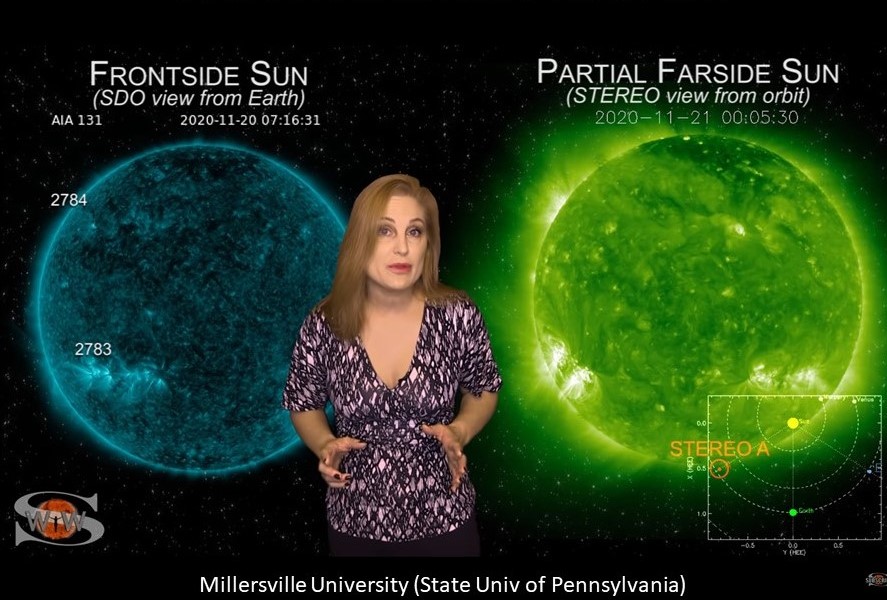Image: Tamitha Skov, The Space Weather Woman – Check out her forecasts on YouTube
Blog Editor’s Note: Here are a couple articles that might be of interest. We note these discussions are in the popular media now, vice just among scientists.
Going into this solar cycle, most scientists predicted it would be relatively calm. Not so Dr. Scott MacIntosh, of the National Center for Atmospheric Research at the Univ. of Colorado in Boulder. His forecast was just the opposite – a very active and perhaps severe cycle of Coronal Mass Ejections (CMEs).
How does all of this impact GNSS? Without repeating ourselves too much, scientists agree that a sufficiently powerful CME could charge the atmosphere and prevent GNSS reception for days.
Because GNSS satellites are specifically constructed to weather such storms (and likely EW attack by an enemy) some think a couple days outage is the worst that could happen Others believe that CMEs can be strong enough to damage any satellite.
A couple days without GNSS would be bad enough though – right? Let’s hope it won’t be worse.
Especially for those countries that don’t have non-space alternatives to GNSS for timing and navigation.

Why renewed solar storms threaten to destroy more satellites after Elon Musk’s Starlink
- Elon Musk’s SpaceX expects to lose nearly a full launch’s worth of the company’s Starlink internet satellites after a geomagnetic storm last week sent about 40 spacecraft to an early demise.
- And the sun is in a new solar cycle, with space weather experts expecting geomagnetic storms to worsen in the next few years, increasing the risk to valuable satellites.
- “A lot of these commercial ventures … don’t understand how significantly space weather can affect satellites, especially these small satellites,” Aerospace Corp research scientist Tamitha Skov told CNBC.

The past few weeks or so have been a very busy time for the Sun. Our star has undergone a series of giant eruptions that have sent plasma hurtling through space.
Perhaps the most dramatic was a powerful coronal mass ejection and solar flare that erupted from the far side of the Sun on February 15 just before midnight. Based on the size, it’s possible that the eruption was in the most powerful category of which our Sun is capable: an X-class flare.


